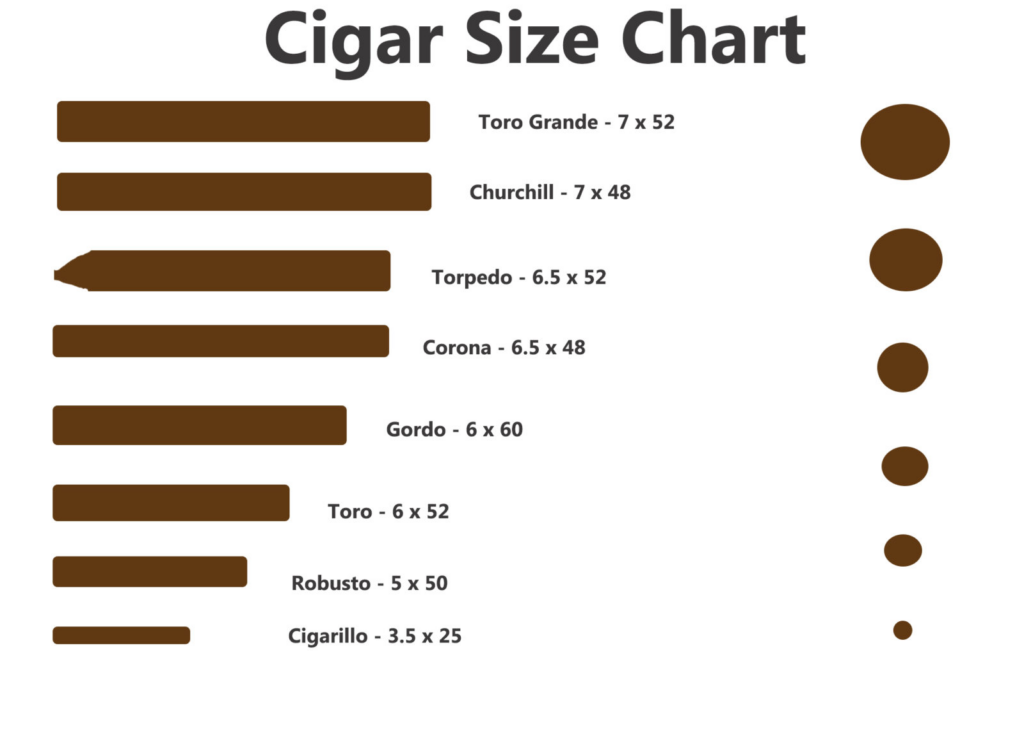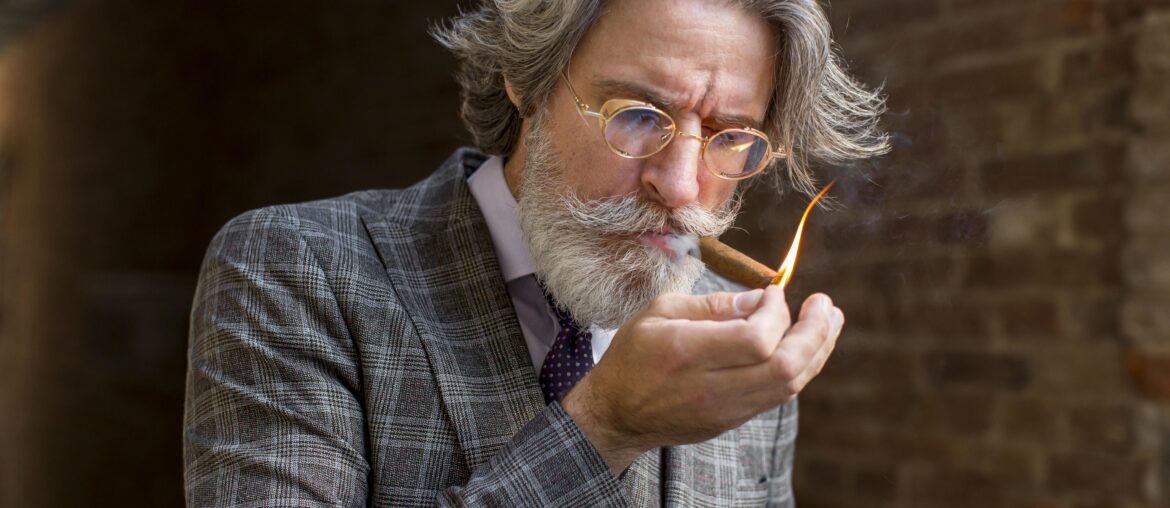Introduction to Cigar Smoking
Cigar smoking can be a sophisticated and enjoyable hobby for young professionals, offering a blend of tradition, relaxation, and camaraderie. Unlike cigarettes, cigars are savored slowly, providing a rich and diverse range of flavors that can complement various social and professional settings. For those new to cigar smoking, understanding the basics is essential. Start by choosing a mild, smaller-sized cigar to ease into the experience. Learn the proper techniques for cutting and lighting to enhance the cigar’s flavors and ensure an even burn.
Etiquette is also crucial; always ask for permission before lighting up in shared spaces and be mindful of where your smoke drifts. Additionally, take your time with each puff to fully appreciate the complex flavors and aromas. Joining a cigar lounge or club can offer valuable insights from seasoned smokers and provide a welcoming environment for networking and socializing. Embracing this hobby with the right knowledge and etiquette can add a touch of sophistication to your lifestyle, offering moments of relaxation and connection amidst a busy professional life.
Choosing Your First Cigar
Understanding Cigar Types
understanding the different types of cigars can enhance your smoking experience. Cigars come in various sizes and shapes, each offering a unique smoking duration and flavor profile. Common sizes include the Corona, which is medium-sized and balanced; the Robusto, shorter and thicker, providing a rich, quick smoke; and the Churchill, long and slender, offering a more prolonged, nuanced experience. Shapes also vary, with Parejos having straight sides and Figurados featuring tapered ends, like torpedoes and pyramids, which can concentrate the flavors. Additionally, cigars are distinguished by their country of origin. Cuban cigars are famous for their complex, rich flavors, Dominican cigars for their smooth, mild taste, and Nicaraguan cigars for their robust, spicy characteristics. As a beginner, exploring these different types can help you find your preferred flavors and smoking experiences, making your journey into the world of cigars both enjoyable and informative.
Choosing the Right Size and Shape
Choosing the right size and shape of a cigar is crucial for a satisfying smoking experience, especially for beginners. The size of a cigar, measured by its length and ring gauge (diameter), affects the smoking duration and flavor intensity. Smaller cigars like Coronas and Petit Coronas offer a quicker smoke, typically lasting 30 to 45 minutes, and are a good choice for those new to cigars. Larger sizes, such as Churchills and Double Coronas, can last over an hour and are better suited for relaxed, leisurely smoking sessions.

The shape of the cigar also plays a significant role. Parejos, with their straight sides, provide a consistent burn and are easier to light and smoke, making them ideal for beginners. Figurados, which include shapes like torpedoes and pyramids, have tapered ends that can intensify flavors but require more skill to light and smoke evenly. By starting with simpler shapes and manageable sizes, beginners can develop their palate and smoking technique, gradually exploring more complex and larger cigars as their confidence and preferences evolve.
Preparing to Smoke
Cutting Your Cigar
Cutting your first cigar is a crucial step in ensuring an enjoyable smoking experience. The key is to make a clean cut that allows for a smooth draw. Use a sharp cigar cutter, such as a guillotine or a V-cutter, to avoid crushing the cigar. Position the cutter just above the cap, the rounded end of the cigar, and make a quick, decisive cut. Cutting too much can cause the wrapper to unravel, while cutting too little can restrict the airflow. Aim to remove about 1/16th of an inch. If you’re using a punch cutter, simply twist it into the center of the cap. A well-cut cigar ensures an even burn and enhances the overall flavor and enjoyment of your smoke.
Lighting Your Cigar
Lighting your cigar properly is essential for an even burn and enjoyable smoke. Start by gently toasting the foot of the cigar with a butane lighter or wooden match, avoiding direct contact with the flame. Hold the cigar at a 45-degree angle and rotate it slowly, ensuring the entire foot is evenly heated. Once the foot glows evenly, place the cigar in your mouth and take gentle puffs while continuing to rotate it, bringing the flame close but not touching the cigar. This method ensures a balanced burn and maximizes the flavors, providing a satisfying smoking experience from start to finish.
Smoking Your First Cigar
Proper Cigar Etiquette
Proper cigar etiquette enhances the smoking experience for yourself and those around you. First, always ask for permission before lighting up in shared spaces, as not everyone may enjoy the smoke. When lighting your cigar, avoid using candles or petrol lighters, as they can affect the flavor. Use a butane lighter or wooden match instead. Take slow, measured puffs to savor the cigar’s flavors and avoid overheating it. Do not inhale the smoke; cigars are meant to be enjoyed for their taste and aroma. If smoking in a group, be mindful of where your smoke drifts and avoid blowing it towards others. Finally, let your cigar extinguish naturally when finished; don’t crush it like a cigarette. This respect for the cigar and fellow smokers ensures a pleasant experience for all.
Common Mistakes to Avoid
Here are the five most common mistakes when smoking a cigar:
- Improper cutting: Cutting too much of the cap can cause the wrapper to unravel, while cutting too little restricts airflow.
- Incorrect lighting: Using a petrol lighter or not evenly toasting the foot can affect the flavor and result in an uneven burn.
- Puffing too frequently: Overheating the cigar leads to a bitter taste.
- Inhaling the smoke: Cigars are meant to be savored for their flavor and aroma, not inhaled like cigarette smoke.
- Stubbing out the cigar: Stubbing out a cigar like a cigarette produces an unpleasant odor; let it extinguish naturally instead.


